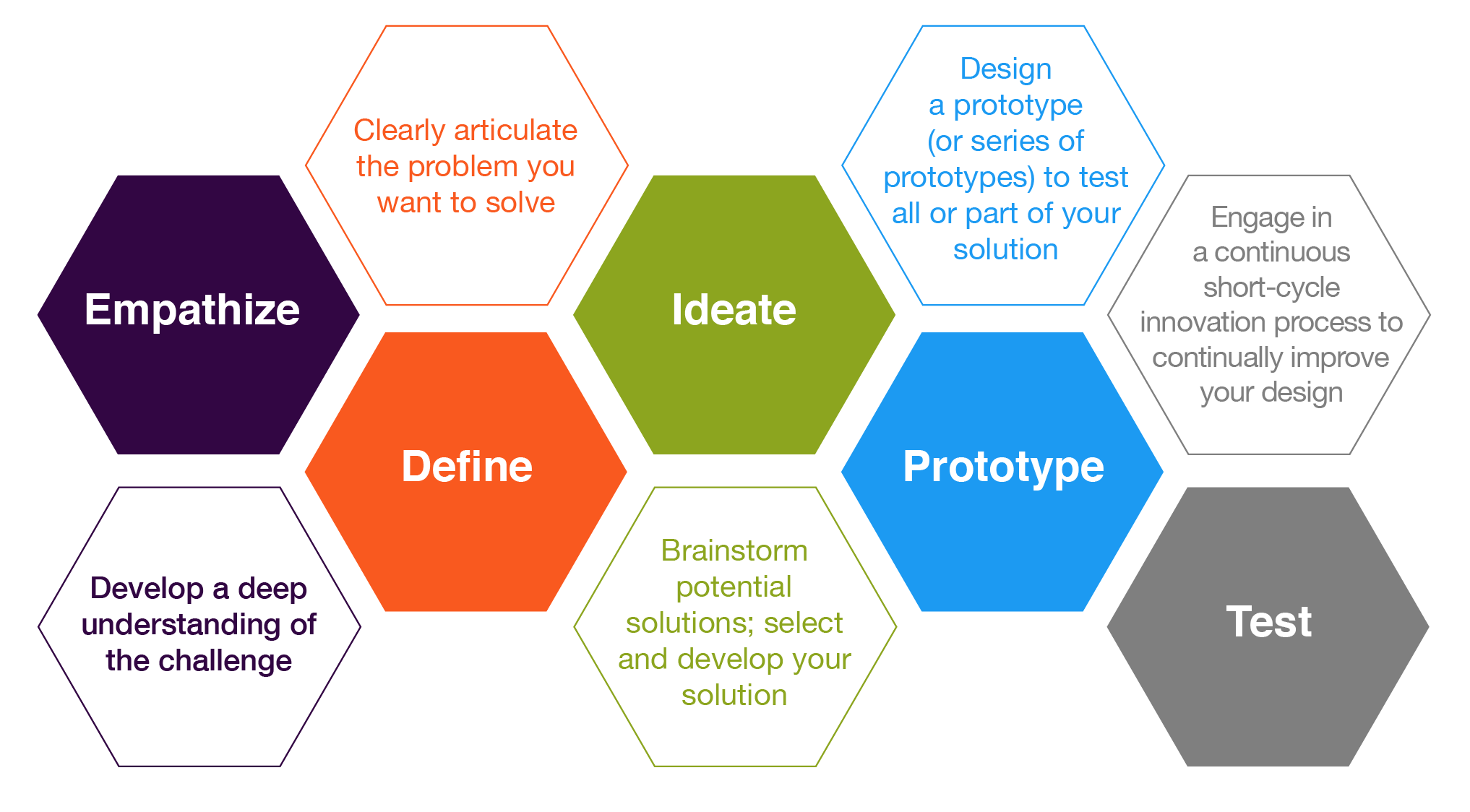The author of any online course should consider the student’s experience in designing the course. As with face-to-face courses, online students have the opportunity to evaluate their courses at the end of the term. Unlike face-to-face classes, however, most online courses do not offer synchronous sessions with teacher-student engagement. Instead, online students interact more with the content than with the instructor, making it an essential element for student satisfaction. To ensure student satisfaction, you must design your course for optimal dissemination on the Internet. While students demonstrate a variety of skills and technology needs, strong preparation and planning can help ensure that all students get the most out of your course.
As you develop your journey, consider your audience first. For example, an advanced online computer course typically contains more technically qualified students than an English Composition I course. As a result, the Advanced Computer Course Instructor may use more Internet jargon and even include more interactivity and social components. Students enrolled in the course will probably not need much information about using the tools provided to them. In English composition course I, on the other hand, students may have less technology skills and, therefore, need more help using advanced technology products. When designing your course, identify the minimum amount of technological knowledge your students need to complete the course. This step allows you to make sure you fill in the gaps in the technological knowledge that your students might have when preparing for the online course.
You must also consider the type of learners enrolled in your course. Since adult learners make up a large part of the online course environment, be sure to take into account the differences between adult learners and traditional students. Adult learners are more problem and outcome oriented than subject-oriented, such as traditional college students. Adult learners are self-reliant and want to learn and improve the skills that have an immediate impact on their lives. In addition, they enjoy participating in learning activities that enhance their knowledge. Adult learners generally have several years of experience, are more likely than traditional students to disagree and need to clearly see the expectations of the course. Once you know what kind of activities you need for your course, you can identify the technologies you will need to make sure these activities can take place online.
Then think about the types of media (videos, interactive elements, games, etc.) that you will need for your course. The more variety of media you want to include, the more factors you must consider. While most computers purchased in the last two years have sufficient hardware capacity and software to access an online course, not all students will have the software to fully participate in the online course unless you not prepared the course material for optimal webcasting. . For your class to work properly for all students, you must provide content using software that can run smoothly on most operating systems and web browsers.
